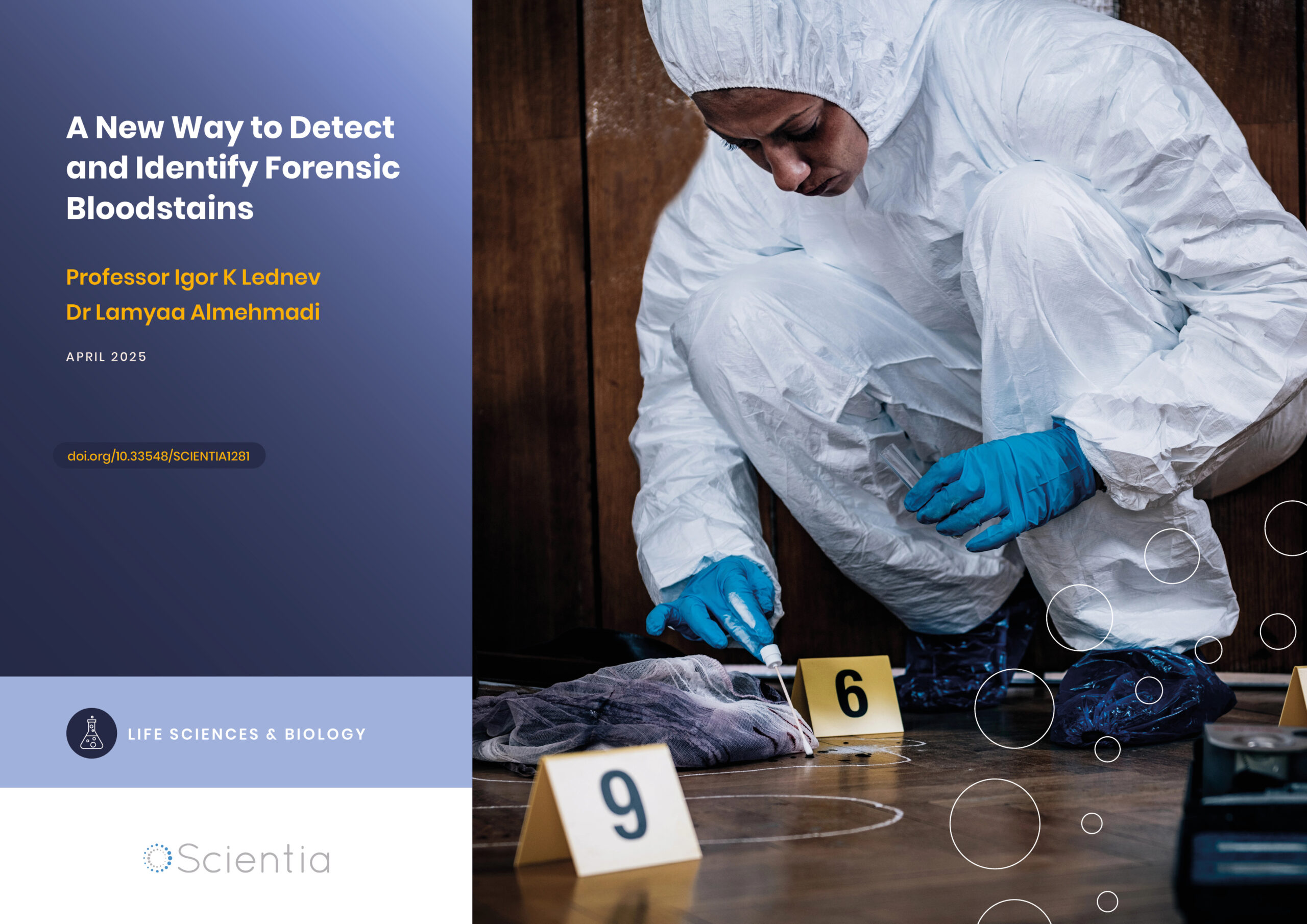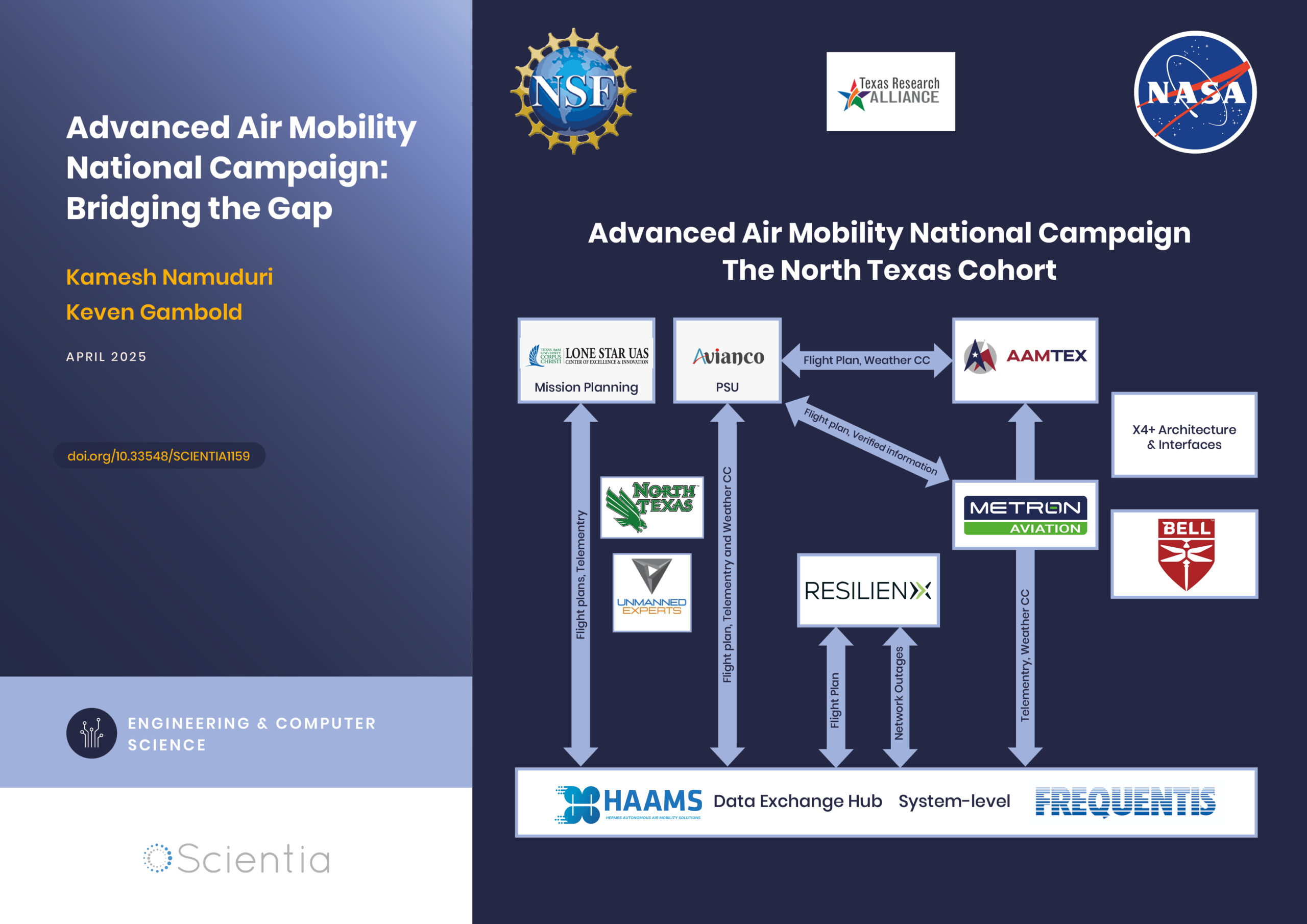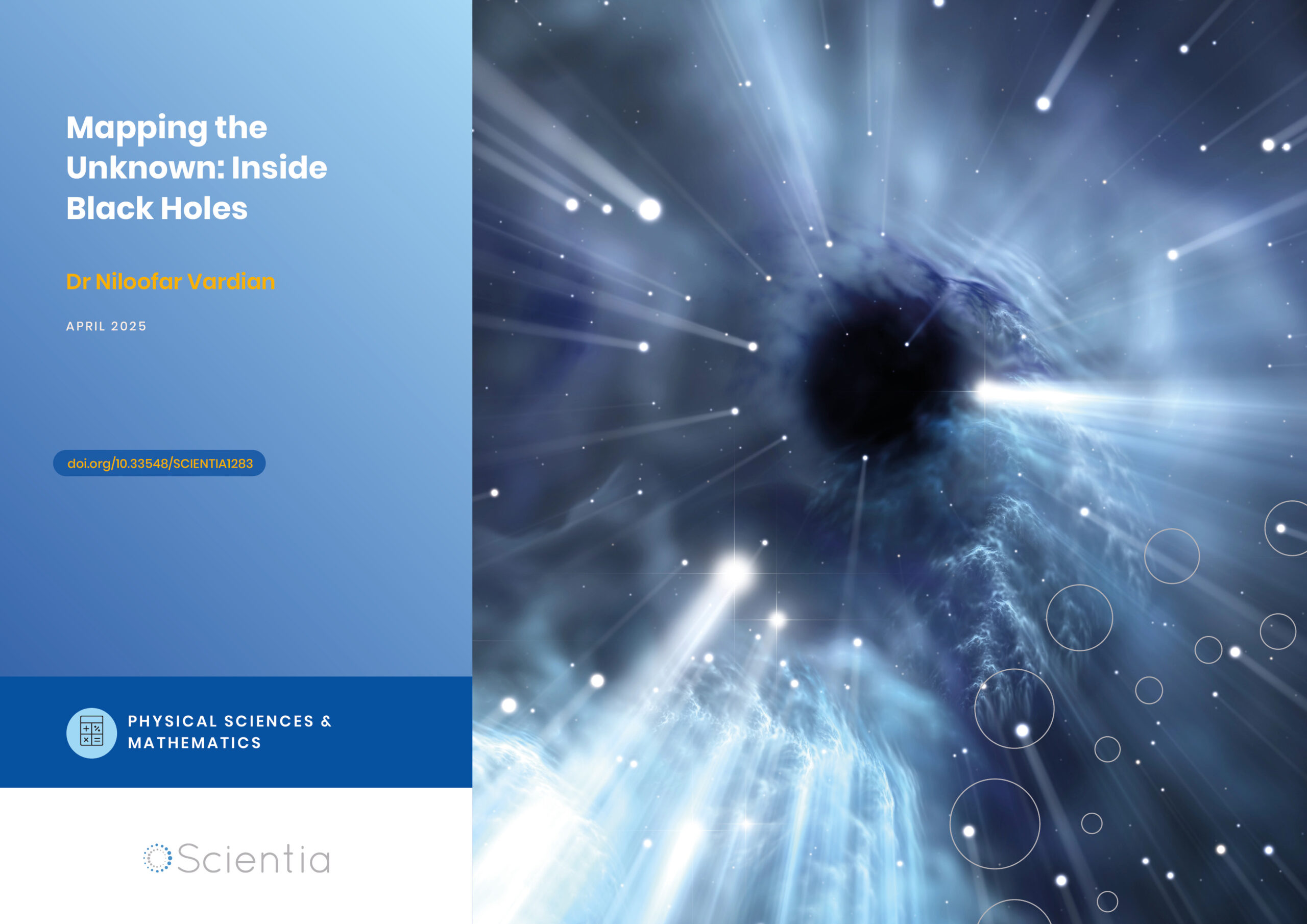Building the STEM Students We Need
Despite recent efforts to promote diversity in STEM education and professional environments, some ethnic groups remain highly underrepresented in STEM fields, including the Hispanic/LatinX community. To tackle this underrepresentation, researchers at the University of San Diego have created a multi-dimensional program funded by the National Science Foundation called STEMWoW, which is designed to promote and sustain interest in STEM disciplines among middle school students from underserved communities.
Diversity in STEM
In this era marked by rapid scientific and technological advances, the United States must ensure that all available talent is recognized and cultivated. With this in mind, many researchers and academic institutions have been developing programs aimed at increasing diversity in STEM (Science, Technology, Engineering and Mathematics), by providing support and learning opportunities for underrepresented and minoritized communities.
Despite the potential shown by many of these initiatives, some communities remain widely underrepresented in STEM education and professions, including the Hispanic/LatinX community, which makes up only 7% of the US STEM workforce, despite being one of the youngest and most rapidly growing ethnic groups in the country.
In addition to being a serious equity issue, this underrepresentation means that the talent of countless young people is currently going to waste. To tackle the underrepresentation of Hispanic/LatinX individuals in STEM fields, a team of researchers at the University of San Diego has developed STEMWoW (Bridging the World of Work and Informal STEM Education), an academic program aimed at increasing young people’s interest in science, technology, engineering, and mathematics.
The STEMWoW program addresses the challenges of underrepresentation in STEM using an innovative and multilayered approach. The investigators on the team are Dr. Odesma Dalrymple, Dr. Yaoran Li, Dr. Perla Myers, Dr. Vitaliy Popov and Dr. Joi Spencer. The researchers all have extensive experience in STEM academic settings and are actively working on a variety of projects designed to enhance learning experiences across the US and abroad.

The STEMWoW Project
The ultimate goal of Project STEMWoW is to promote greater STEM interest among underserved middle school students predominantly from Hispanic/ LatinX communities. This is achieved through a two-week STEM summer enrichment program and a series of follow-up family booster sessions, which take place throughout the academic year.
The STEMWoW research project employs a mixture of different methods to better understand the factors that influence STEM learning and engagement, as well as variables that can encourage students to make STEM oriented academic and career choices. The project is funded by the Advancing Informal STEM Learning (AISL) grant program through the National Science Foundation (NSF). AISL is aimed at better understanding what enhances STEM learning in informal environments and updating teaching practices accordingly.
‘Paramount to this work is the core focus on the city of San Diego’s Five Priority Workforce Sectors: Advanced Manufacturing, Information and Communications Technology, Clean Energy, Healthcare, and Biotech,’ the researchers explain. ‘Few, if any, existing projects in the Advancing Informal STEM learning portfolio have explored the potential connections between these five priority workforce sectors, informal STEM learning, and identity among predominantly Hispanic/LatinX youth and families engaged in a year-long, culturally responsive STEM learning and workforce focused program.’
First introduced in the summer of 2018, the STEMWoW program has so far predominantly involved students from the Hispanic/LatinX and underrepresented groups in STEM in the Chula Vista Community of San Diego who attend three local middle schools. So far, the program has had 40, 38 and 49 students for each of its three two-week summer sessions, respectively.
Students are recruited through their school district, with school administrators and teaching staff actively supporting potential candidates with their applications. Once a student is accepted into the program, this is then communicated to the child’s family members, who are also invited to take part in some of the program’s activities.
When recruiting ‘pod leaders’ to lead the program activities, the researchers sought a diverse pool of applicants by reaching out to candidates from communities that have been underrepresented in STEM, as well as to individuals who had participated in their previous initiatives. Ultimately, they hired a total of 18 pod leaders: six STEM undergraduate students, two graduate students, 1 STEM alumnus, 2 practicing teachers and 1 practicing school counselor.
During the two-week summer program, students take part in a variety of hands-on activities and projects, which often involve collaboration with their peers. Interestingly, some students who participated in the summer program asked if they could eventually become pod leaders. The researchers thus decided to also recruit some high school pod leaders who had previously participated in the program to support younger students in their learning.
Another key component of the STEMWoW program is the World of Work model. Pod leaders are coached on how to facilitate the development of the students’ concept of self, by exploring their abilities, interests, and values, as well as by identifying ways in which these can be aligned with STEM fields and world of work opportunities in the San Diego region, nationally, and internationally. During the STEMWoW workshops for pod leaders, pod leaders are also asked to participate in self-discovery, reflection, setting goals, meeting with professionals, and career exploration activities, in order to effectively guide students during World of Work activities.

STEM with Purpose
STEMWoW students are encouraged to consider how STEM can be employed as a tool for addressing societal issues and challenges. Drawing upon the United Nations Goals for Sustainable Development, participants create culminating tasks that incorporate coding, origami and scaling to address some of society’s most pressing problems. For example, one group designed a working model windmill to address Sustainable Development Goal 7: Affordable and Clean Energy.
Dalrymple, Li, Myers, Popov and Spencer created the curriculum for both the summer course and follow-up booster activities. The program’s activities range from complex workshops to simple tasks. For instance, students might be asked to go on scavenger hunts around the university campus, taking pictures or noting down the specific mathematical objects that they encounter.
Other hands-on activities include exploring mathematical concepts through paper folding, building chain reaction machines, solving unfamiliar visual problems, drawing and data collection. When explaining these activities to students, pod leaders associate them with real-life situations, so that students can understand their significance outside the classroom.
The program also includes career exploration sessions, in which students learn about STEM-related career paths. As part of this, STEM professionals come in to share their work. These sessions are designed to improve students’ knowledge of STEM-related careers, while also encouraging them to pursue these careers in the future.

The Research
While it is a fun series of activities for students, STEMWoW is an active research study whose results could shed light on how best to meet the STEM learning needs of underserved and under-serviced students in STEM. The researchers are interested in three broad questions:
• What is the impact of the STEMWoW program on student engagement, STEM motivation, sustained interest in STEM, and academic performance outcomes?
• What are the factors that moderate student engagement, STEM motivation, sustained interest in STEM, and academic performance outcomes of the STEMWoW program?
• How does the WoW component influence students’ personal goals/career plan and what links do students make between their STEM learning experiences and their personal goals and career plan?
Dr. Bernadette Chi, Keri Waller and Ashley Currin have served as external evaluators for the project. In this role, they collected feedback from pod leaders and participating students, and used it to assess the rigor and appropriateness of the program’s design and implementation, as well as that of the parallel research study investigating its impact.
This evaluation process yielded very promising results, with the team concluding that the program is robust, well-designed and effectively implemented. In their feedback, many participating students said that they felt the program had strengthened their teamwork skills, their confidence in their abilities, and their levels of engagement in STEM-related disciplines.
‘What I liked so far about STEMWoW is the activities we do, specifically the coding,’ said one student. ‘It’s fun to learn how machines and technology work.’ Another participating student said: ‘I learned about myself and that I can actually do stuff. In school I usually partner up with students who come up with ideas for me. I usually think my own ideas are garbage. Today, I finally did something with my ideas in the chain reaction.’
The feedback collected from pod leaders was also positive, with many highlighting that the students particularly enjoyed the hands-on activities. ‘The students really enjoyed the different activities, such as paper folding, circuits, chain reaction machines, etcetera,’ said one pod leader. ‘Many of them commented that these activities were way more fun and engaging than what they do in school.’
After the program’s first two-week course was completed, pod leaders applied some changes that they later felt considerably improved the course’s implementation. For instance, they learned to manage their time better, delivered presentations about their personal and professional background at the beginning of the course, and were given greater responsibilities in running course activities.

A More Diverse STEM Workforce
The STEMWoW project has so far proven to be a very effective and promising endeavor. The reactions of both students and pod leaders have been overwhelmingly positive, suggesting that both the summer course and follow-up sessions were successful in enhancing the interest and engagement in STEM disciplines.
The summer enrichment program developed by Dalrymple, Li, Myers, Popov and Spencer has been featured in several local and national media platforms. In the future, the researchers hope that it will become a template for other academic institutions, inspiring similar efforts and initiatives.
The team is still in the process of analyzing all the data they collected from students, parents, and pod leaders who were involved in the program. Once they are complete, these analyses could offer further insight into the impact of STEMWoW and its effects on the engagement, learning, attitudes, and skills of the participating students.
Reference
https://doi.org/10.33548/SCIENTIA475
Meet the researchers

Odesma Dalrymple, PhD
Shiley Marcos School of Engineering
University of San Diego
San Diego, CA
Dr. Dalrymple holds a PhD in engineering education from Purdue University, as well as an MEng in industrial engineering and a BSc in electrical engineering from Morgan State University. She is currently an associate professor in the School of Engineering at the University of San Diego. Dr. Dalrymple explores tools and techniques that can enhance learning and teaching in engineering education environments. She also cofounded the STEAM Labs program, an outreach initiative that challenges participants to apply engineering design processes in building chain reaction machines.
E: odesma@sandiego.edu
W: https://www.sandiego.edu/engineering/faculty-and-staff/ biography.php?profile_id=787

Yaoran Li, PhD
School of Leadership and Education Sciences
University of San Diego
San Diego, CA
Dr. Li attained an MA in statistics and a PhD in educational psychology from the University of Missouri Columbia. Currently, Dr. Li is a managing researcher in the School of Leadership and Education Sciences at the University of San Diego. She is particularly interested in leveraging data and empirical evidence to better understand and model complex learning processes, such as mathematical and socio-emotional learning. Before she started working at the University of San Diego, Dr. Li was part the statistical research team at ACT Inc.
E: yaoranli@sandiego.edu
W: https://www.sandiego.edu/soles/about/directory/ biography.php?profile_id=2017

Perla Myers, PhD
College of Arts and Sciences
University of San Diego
San Diego, CA
Dr. Myers earned an MA and PhD in mathematics from the University of California, San Diego, as well as a BSc in mathematics from the University of Houston Honours Program. She currently works as a professor in the College of Arts and Sciences at the University of San Diego. Dr. Myers’ work is primarily aimed at achieving equity in education and diversifying STEM fields. She believes that transformation is achieved through joint efforts and thus works closely with students, colleagues and the community to enhance STEM learning experiences.
E: pmyers@sandiego.edu
W: https://www.sandiego.edu/directory/biography. php?profile_id=367

Vitaliy Popov, PhD
School of Leadership and Education Sciences
University of San Diego
San Diego, CA
Dr. Popov holds a PhD in learning sciences from Wageningen University & Research Center, the Netherlands, as well as an MS and BSc in educational sciences from Moscow State University of Agricultural Engineering in Russia. Currently, he is the associate director of research at the Jacobs Institute for Innovation in Education at the University of San Diego. Dr. Popov seeks to build culturally sustaining and responsive STEM experiences for Hispanic students.
E: vpopov@sandiego.edu
W: https://www.sandiego.edu/soles/jacobs-institute/about-us/ biography.php?profile_id=2477

Joi A. Spencer, PhD
School of Leadership and Education Sciences
University of San Diego
San Diego, CA
Dr. Spencer holds a PhD in mathematics education from the University of California, Los Angeles, as well as an MA in education and a BA in African and Afro-American studies from Stanford University. She is currently a professor and Associate Dean in the School of Leadership and Education Sciences at the University of San Diego. Dr. Spencer is also president of the California Association of Mathematics Teacher Educators. Her work seeks to improve the mathematics learning opportunities of African American and other minority students. In addition to her work with STEMWoW, she, along with colleagues Dalrymple and Myers, designed and run STEAM Academy, an interactive summer experience for students from underserved communities in San Diego.
E: joi.spencer@sandiego.edu
W: https://www.sandiego.edu/directory/biography. php?profile_id=2387
FUNDING
US National Science Foundation
KEY COLLABORATORS
Chula Vista Elementary School District
Advancing Students Forward
Shiley-Marcos School of Engineering, USD
School of Leadership and Education Sciences, USD
College of Arts and Sciences, USD


Creative Commons Licence
(CC BY 4.0)
This work is licensed under a Creative Commons Attribution 4.0 International License. 
What does this mean?
Share: You can copy and redistribute the material in any medium or format
Adapt: You can change, and build upon the material for any purpose, even commercially.
Credit: You must give appropriate credit, provide a link to the license, and indicate if changes were made.
More articles you may like
International Isocyanate Institute | TDI-induced Asthma: Reanalysing Data to Find Hidden Trends
Even if you’ve never heard of them, you’ve used polyurethanes. Producing them requires toluene diisocyanates, which may/can induce asthma when inhaled. A 5-year study claimed to conclude that cumulative TDI exposure over time was indicative of asthma incidence. However, a reanalysis by a team at the International Isocyanate Institute points the finger instead at the frequency of unprotected high-exposure events, like accidental spills or plant maintenance. This finding guides the way for future advances in worker safety.
A New Way to Detect and Identify Forensic Bloodstains
Accurately identifying bodily fluids at crime scenes is vital to aid forensic examinations and obtain information for use in criminal proceedings. However, collecting viable material for analysis can be challenging, especially if samples are difficult to access or the amount is minute. Dr Lamyaa Almehmadi and Professor Igor K Lednev at the University at Albany, State University of New York, USA, have introduced a new technique to assist in analysing bloodstains for forensic examination without compromising sample integrity.
Advanced Air Mobility National Campaign: Bridging the Gap
The rapid advancements in technology have paved the way for revolutionary changes in transportation, particularly air mobility. One such groundbreaking initiative is the Advanced Air Mobility (AAM) National Campaign led by NASA. This campaign aims to integrate advanced air mobility solutions into the existing transportation infrastructure, creating a seamless, efficient, and safe urban air transportation system. By addressing the various challenges associated with urban air mobility, the AAM National Campaign is poised to redefine how we navigate our cities, ultimately leading to reduced congestion, improved accessibility, and enhanced environmental sustainability.
Dr Niloofar Vardian | Mapping the Unknown: Inside Black Holes
Dr Niloofar Vardian at the SISSA school has advanced our understanding of black hole interiors through precise mathematical modelling. Her recent publication sheds light on previously inaccessible aspects of black hole dynamics, deepening our knowledge of these mysterious and difficult-to-study phenomena.




